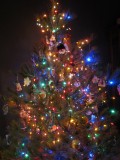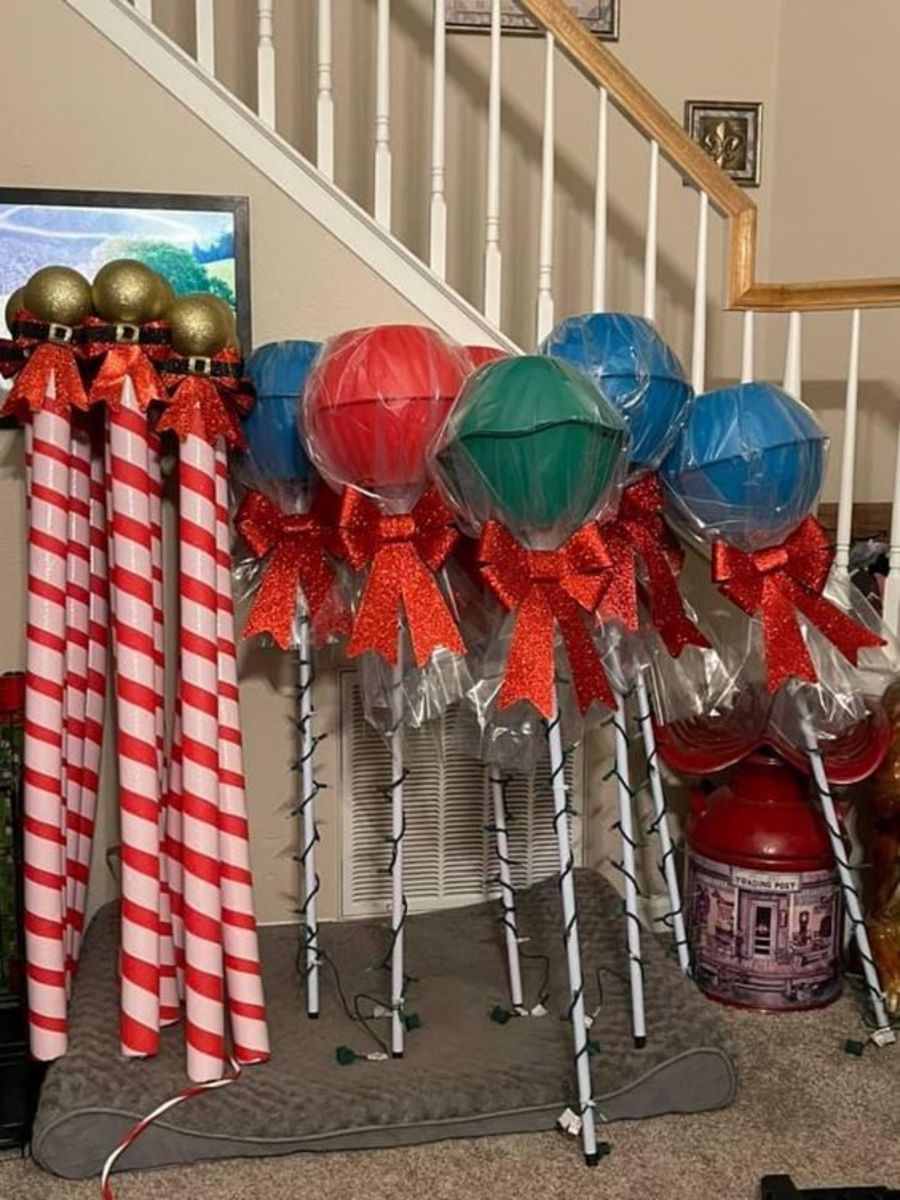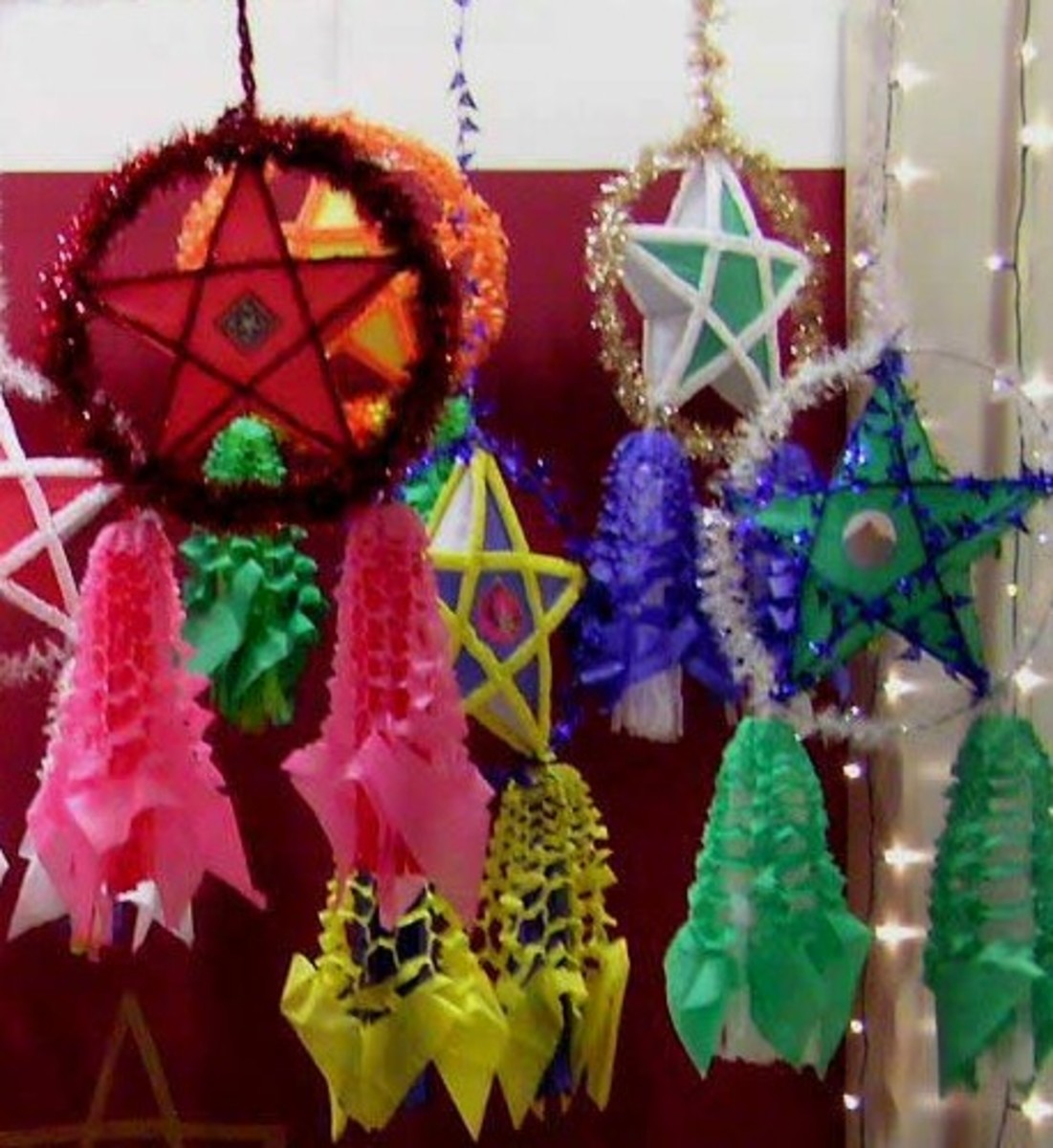Green Christmas Lights - LED Christmas Lights for a Green Environmentally Friendly Christmas
People all over the world are looking for ways to reduce their carbon footprint when it comes to lighting their home through the Holiday Season. Many people are surprised to learn just how much power even a single string of Christmas can draw. Being incandescent bulbs, both large and miniature Christmas lights emit far more energy as heat than light.
However, recent developments in semi-conductor technology have made it possible to create just as much light from a single string of Christmas lights while using just a fraction of the power. At the heart of these super-efficient lights are super-bright, white and coloured light-emitting diodes or LEDs.
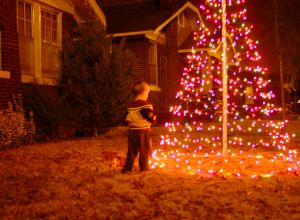
A History of Lighting the Christmas Tree
At one time, the only way to cast lights during this dark time of year was to use candles. First used with head-mounted evergreen crowns that marked the Scandinavian festival of St. Lucia in the middle-ages, candles have been commonly used with Christmas trees since the mid-19th century when the trees became popular in European and North American homes.
Regardless of their popularity, these candles has always presented an extreme fire hazard, even when closely monitored. By the 1890s, candle holders were being used to catch the dripping wax and within another decade, glass globes were manufactured to further decrease the fire hazard, though thousands of homes still went up throughout the first years of the 20th century.
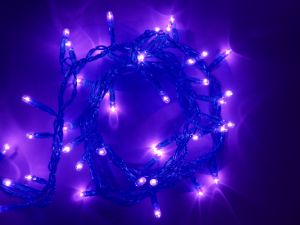
The Development of Electric Christmas Lights - not good for the enviroment, however pretty!
In fact, the popularization of electric Christmas lamps is said to have been inspired by a particularly deadly Christmas tree fire started by candles in 1917 New York City. Though the first electric Christmas tree lights were pioneered by Edison's Electric Light Company in 1882 (also in New York City) and used by professionals since the turn of the century, an easily used system wasn't commercially available until the 1920s.
While the designs of Christmas lights changed from their initial wide-spread home use in the 1930s until the 1970s, the amount of power and the amount of material used in their manufacture changed little. Each bulb typically pulled between 5-25 watts of power each. A single string used as much power as a typical space heater.
The Advent of Miniature or Fairy Christmas Lights
During the first “Energy Crisis” of the 1970s peopel encouraged the development of bulbs that drew far less current. These miniature (or fairy bulbs, as they're often called in the UK) drew about 2.5 watts of power each and became immediately popular.
While the amount of power used to operate these lights went down considerably, so did the number of lights that most people put up. Also, their manufacture became increasingly far-flung, increasing the amount of embedded energy used in their transport. As the price of such lights went down, so did the throw-away nature of such lights, sending an increasingly large number of malfunctioning miniature light strings to the landfill.
Environmentally friendly LED Christmas Light Technology
Though LEDs have existed since the 1920s, it was not until the late 1960s that a practical red LED light was created by a researcher at General Electric Labs. Much brighter red and yellow LEDs followed in the 1970s. Nearly 25 years later, a Japanese researcher developed the first high-intensity blue LEDs. By the late 1990s, white LEDs were developed using a combination of blue and yellow emitting materials.
Advantages of LED Christmas Lights
The main advantage of LED string lights is their relatively low levels of power consumption. Each LED on a typical string draws only 0.6 volts of power, or about a third of a watt each. This means that even a relatively long string of LED lights can be powered from a wall socket, batteries or even small solar collectors with up to 90% energy savings.
Because they draw far less power, they are cool to the touch, making them far safer for use with even very dry cut Christmas trees that are the most likely to catch fire from hotter incandescent bulbs.
LED bulbs are also much longer lasting than any incandescent bulb, many of them rated for up to 100,000 hours of continuous operation before failure.
Relative Cost of LED Christmas Lights
Like any other emergent technology, LED Christmas lights were quite a bit more expensive than their miniature bulb counterparts. However, in just a few years since they were introduced into the commercial marketplace, LED light strings are now comparably priced, per bulb, as of the late 'aughts.
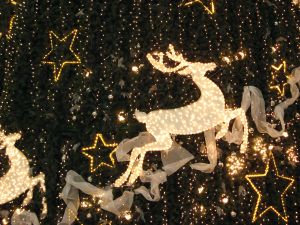
Environmental Concerns Regarding LED Christmas Lights
Despite their huge relative energy savings, some environmentalists are concerned about the use of plastics and transport costs associated with the manufacture of many millions of LED lights. Though they are expected to last many times longer than miniature, incandescent Christmas lights, they are also not recyclable.
That said, they still represent a considerable savings over previous Christmas light technologies, making them the greenest yet way to bring light to the darkest days of the year.
LED Christmas light strings
Green Christmas Lights
Links to Green Christmas Light Supplies and Info (I have no association with any of these sites and make no income from any puchases you may make)
- Christmas Light Recycling | HolidayLEDs.com™
Don't throw your old Christmas lights away! Send them to HolidayLEDs.com for recycling and we'll send you a coupon for 15% off energy efficient LED Christmas lights. - C7, C9 & G20 LED Retrofit Lamps - Christmas Lights, Etc
Christmas Lights - Buy wholesale or retail lights including twinkle lights, icicle lights, c7 / c9 strings, rope, bubble, mini lights, ornaments, and trees - LED Icicle Lights - Christmas Lights, Etc
LED icicle lights from Christmas Lights Etc. LED lights last up to 200,000 hours - there is no filament to burn out. - Super Bright LED Rope Light
we sell led rope light by the spool ar we can cut to lenght for you. 120 volt super-bright LED Rope Light will last for 100,000 hours, that equates to 11+ years use! - Christmas Lights & LED Christmas Lights | HolidayLEDs.com
Find a great selection of energy efficient LED Christmas lights, rope light, outdoor Christmas lights, Christmas tree lights and other energy-efficient LED decorative lighting. Great prices, great service, cheap shipping! - HowStuffWorks "How Christmas Lights Work"
Christmas lights are a large part of any Christmas celebration. Learn about Christmas lights and find out why we use Christmas lights during the holidays. - Christmas Tree Candle Holders
Old-fashioned, reusable Christmas Tree Candle Clips - LED Christmas Lights and How to Fix Them
THIS HUB IS PART OF A SERIES OFFERING A COMPLETE GUIDE TO A GREEN CHRISTMAS (ECOFRIENDLY CHRISTMAS)
For other hubs in this series, please visit the index hub where you will be able to see all topics in this series and navigate between them.
This hub brought to you...
by Julie-Ann Amos, professional writer, and owner of international writing agency www.ExquisiteWriting.com
Why not create your own HubPages? It's fun and you can make revenue from Adsense and other revenue streams on your pages. JOIN HUBPAGES NOW - SIMPLY CLICK HERE...
This work is licenced under the Creative Commons Attribution-Non-Commercial-No Derivative Works 3.0 Unported License. To view a copy of this licence, visit http://creativecommons.org/licenses/by-nc-nd/3.0/ or send a letter to CreativeCommons, 171 Second Street, Suite 300, San Francisco, California94105, USA.


